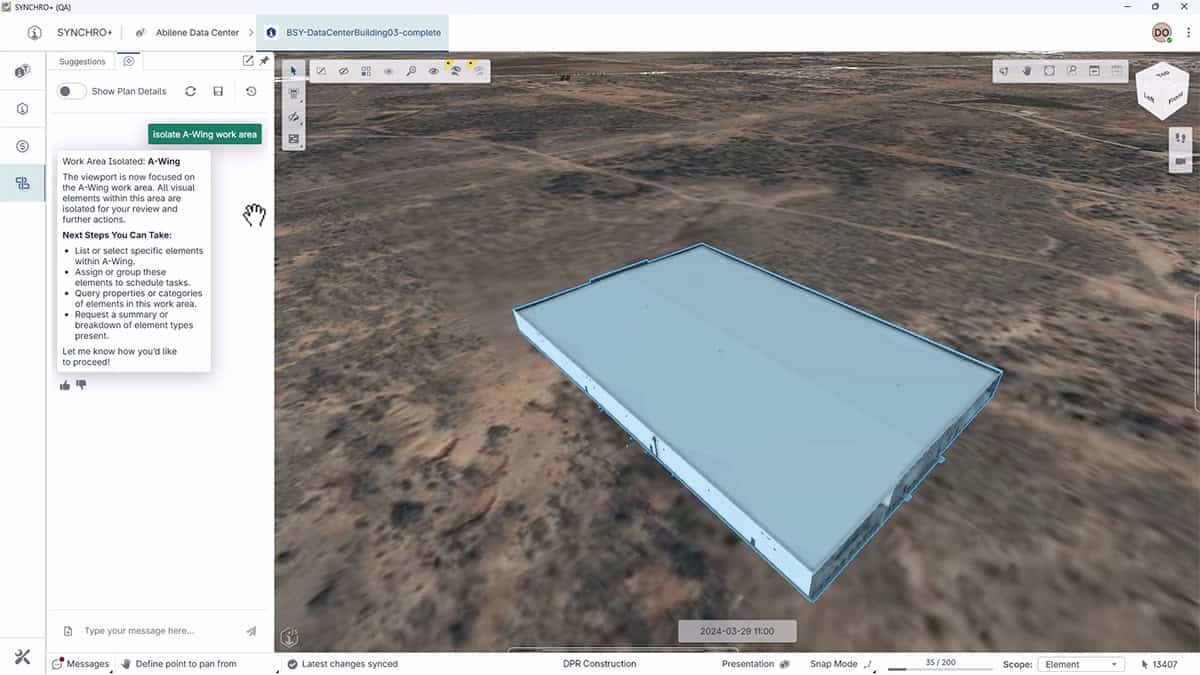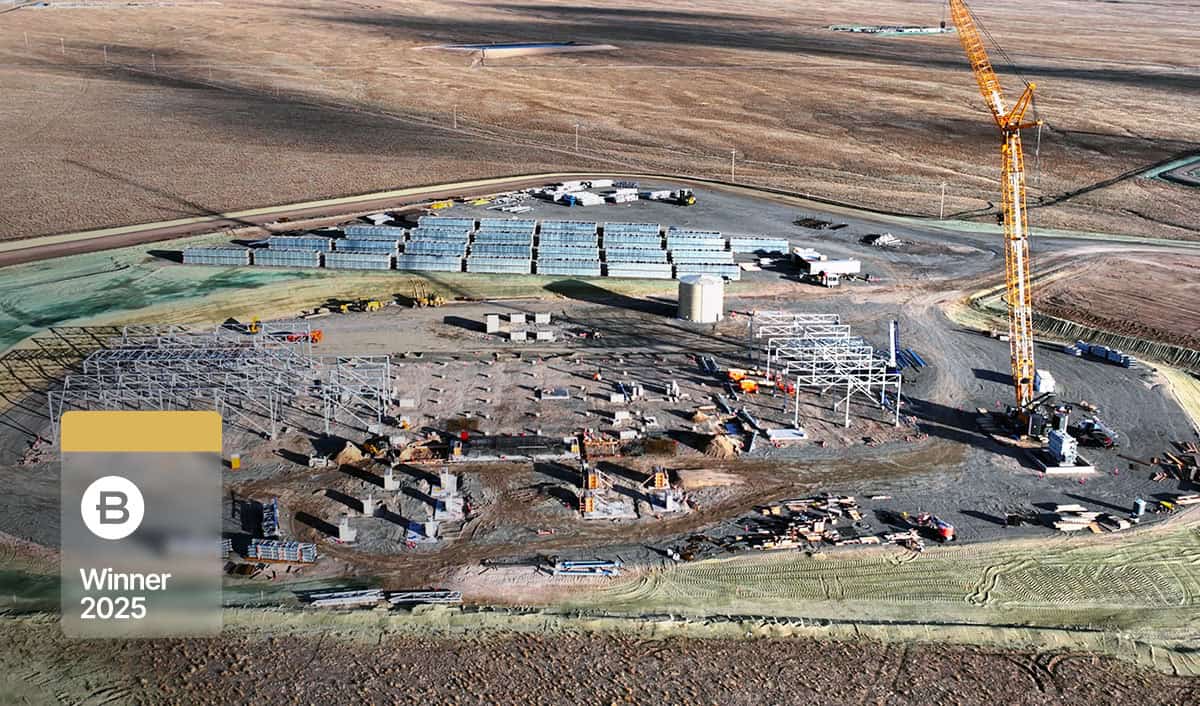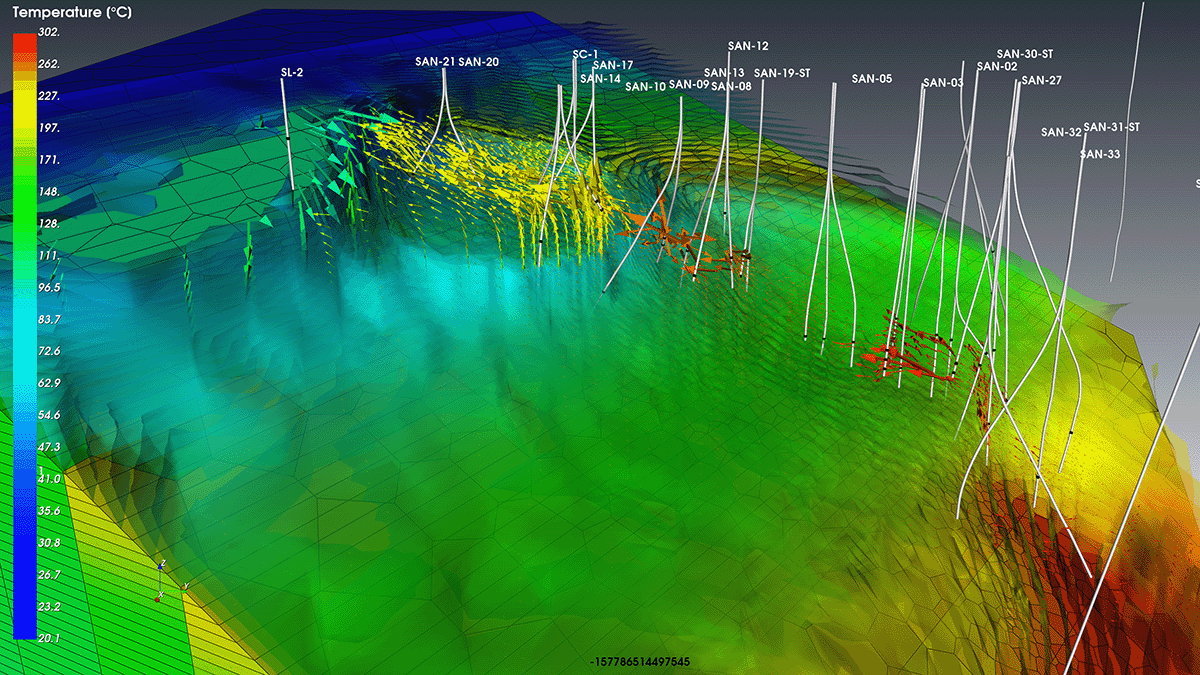Choose Area of Interest
SEARCH SOFTWARE
by Jenna Carpentier
by Maria Lamas-Gomez
Delhi Metro Rail Corporation’s Digital Design of the New Delhi Railway Station Skywalk Organization: Delhi Metro Rail Corporation Ltd. (DMRC) Project Name: New Delhi Railway Station Skywalk Digital Design and Optimization Location: New Delhi, India Project Phase: Completed Estimated Project...
by Ashley Fee
Bentley Systems Year in Infrastructure 2025 At Year in Infrastructure (YII) 2025—Bentley’s annual flagship event that brings together infrastructure professionals, engineers, and digital twin experts from around the world—Bentley unveiled its latest technological advancements focused on reshaping how we design,...
by Marion Bouillin
CSCEC and AECOM Consultants Co., Ltd. Advance Smart Flood Control in Northwest China Through Digital Innovation Organization: CSCEC and AECOM Consultants Co., Ltd. Project Name: Numerical Simulation and Analysis of Urban Flood Control and Drainage Capacity in Northwest China Based...

by Neda Simeonova
by Sam Chappell
by Sam Chappell
by Breda Kiely
by Sam Chappell








